
People with Blo.od Clots Often Experience 4 Unusual Symptoms While Walking
People with Blo.od Clots Often Experience 4 Unusual Symptoms While Walking — But Most Ignore Them
Have you ever thought that something as simple as walking could reveal the presence of blood clots in your body? It may sound unbelievable, but medical experts affirm: “Walking is one of the most accurate and free health checks you can perform.”
Doctors explain that small changes in your legs, arms, breathing, or endurance during walking can reflect how well your blood is circulating. When blood clots (thrombosis) block blood flow and reduce oxygen supply to your muscles, you’ll feel it with every step.
4 Warning Signs You Might Have a Blood Clot
1. Calf pain or tightness after walking a few steps
If you’re walking normally and suddenly feel pain, heaviness, or tightness in your calf, it may indicate poor blood circulation. When blood flow to the legs is obstructed, your muscles lack oxygen and nutrients, causing discomfort — the body’s way of signaling distress.
Statistics show that about 40% of deep vein thrombosis (DVT) patients first notice the condition after feeling calf pain or heaviness while walking. Many mistake it for muscle fatigue or lack of exercise, but it can actually be an early sign of a blood clot in the lower limbs.
2. Swollen, heavy legs that feel burdened when moving
If your ankles or calves swell noticeably after walking just a short distance, be cautious. When blood can’t return to the heart properly due to blockage, fluid builds up in soft tissues, causing swelling and heaviness.
This is often mistaken for simple “fatigue-related swelling,” but doctors warn it’s a classic sign of venous thrombosis. Not only the elderly but also office workers who sit for long hours with limited movement are at risk.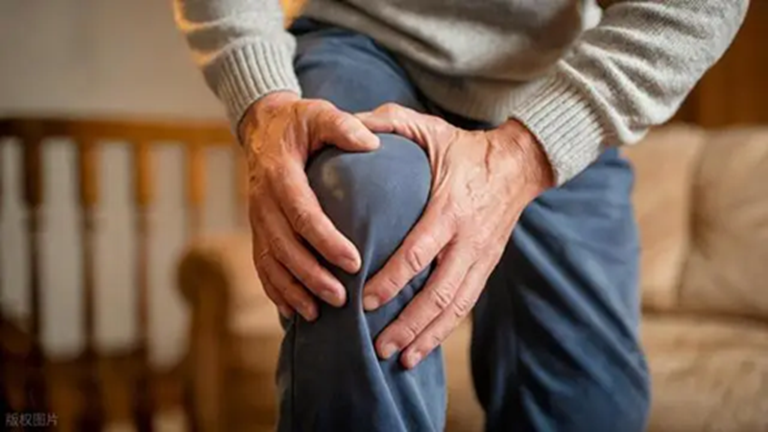
3. Unsteady walking, weak or wobbly legs
If your legs feel weak, unsteady, or as if you’re stepping on something soft, that’s another red flag. This happens because restricted blood flow deprives the muscles of energy.
A report from the European Society of Cardiology (ESC) found that 30% of patients with peripheral thrombosis experienced unsteady walking within six months before diagnosis. This period is considered the “golden window” for early detection and prevention of severe complications.
4. Cold, pale, or numb legs while walking
If your legs suddenly feel cold, pale, or numb during walking, it could signal an arterial blockage. When blood flow is interrupted, the skin doesn’t get enough oxygen, leading to coldness and loss of sensation.
Research from the Mayo Clinic (USA) revealed that half of the patients with blocked leg arteries showed symptoms of cold, pale skin after light physical activity. More concerningly, this group has a higher risk of heart attack or stroke within a few years if not treated promptly.
A simple daily walk might be your body’s “free health report.” Pay attention — because sometimes, a mild calf ache today could be the signal that prevents a life-threatening stroke tomorrow.
News in the same category


4 air conditioner installation locations do more harm than good

Soong Mei-ling Lived Past 100 Despite Can.cer: Her Two Favorite Drinks Are Still Popular Today

5 foods you should never keep overnight

5 types of vegetables that help detoxify and lower liver enzymes

4 everyday fruits doctors warn could fuel can.cer growth
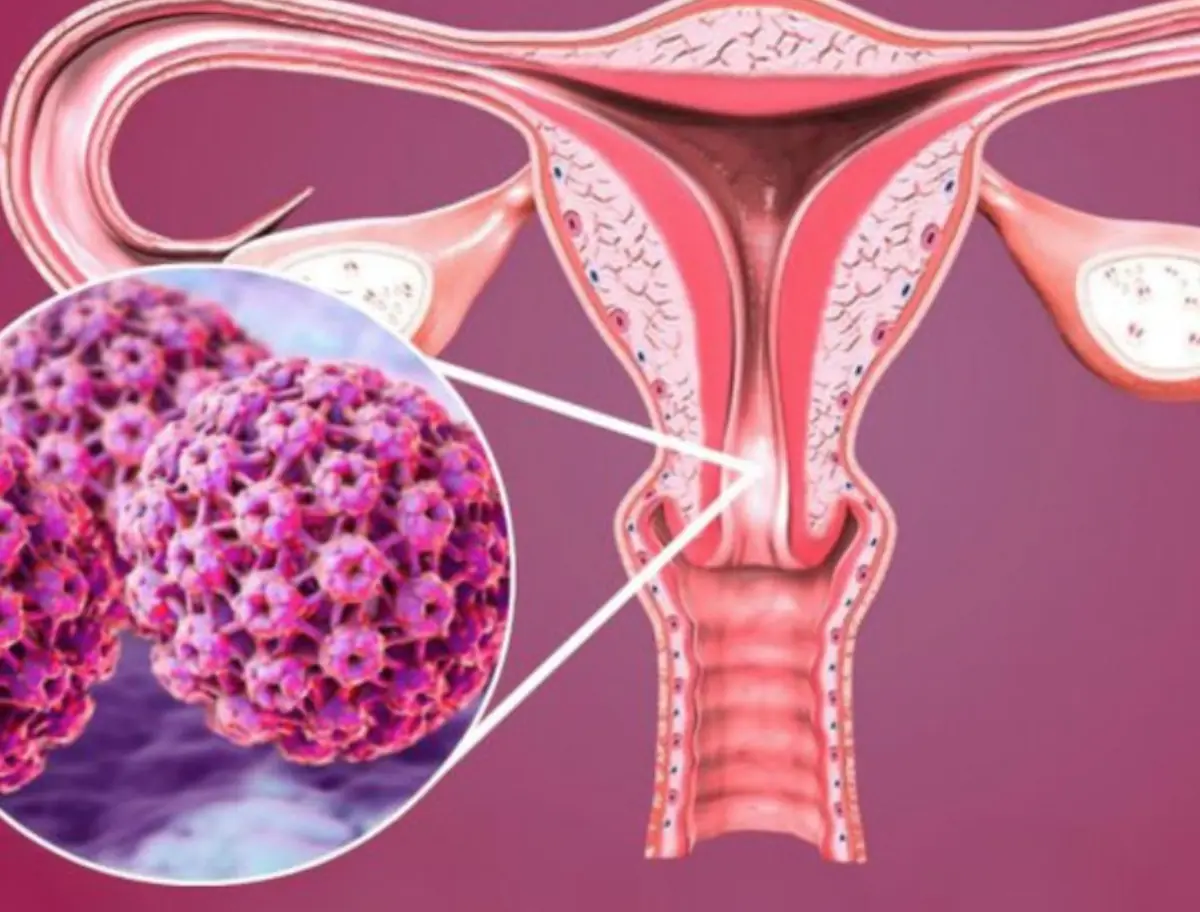
5 early warning signs of cervical can.cer

Secret to longevity: 3 eating habits that helped an old woman live to 118 years old
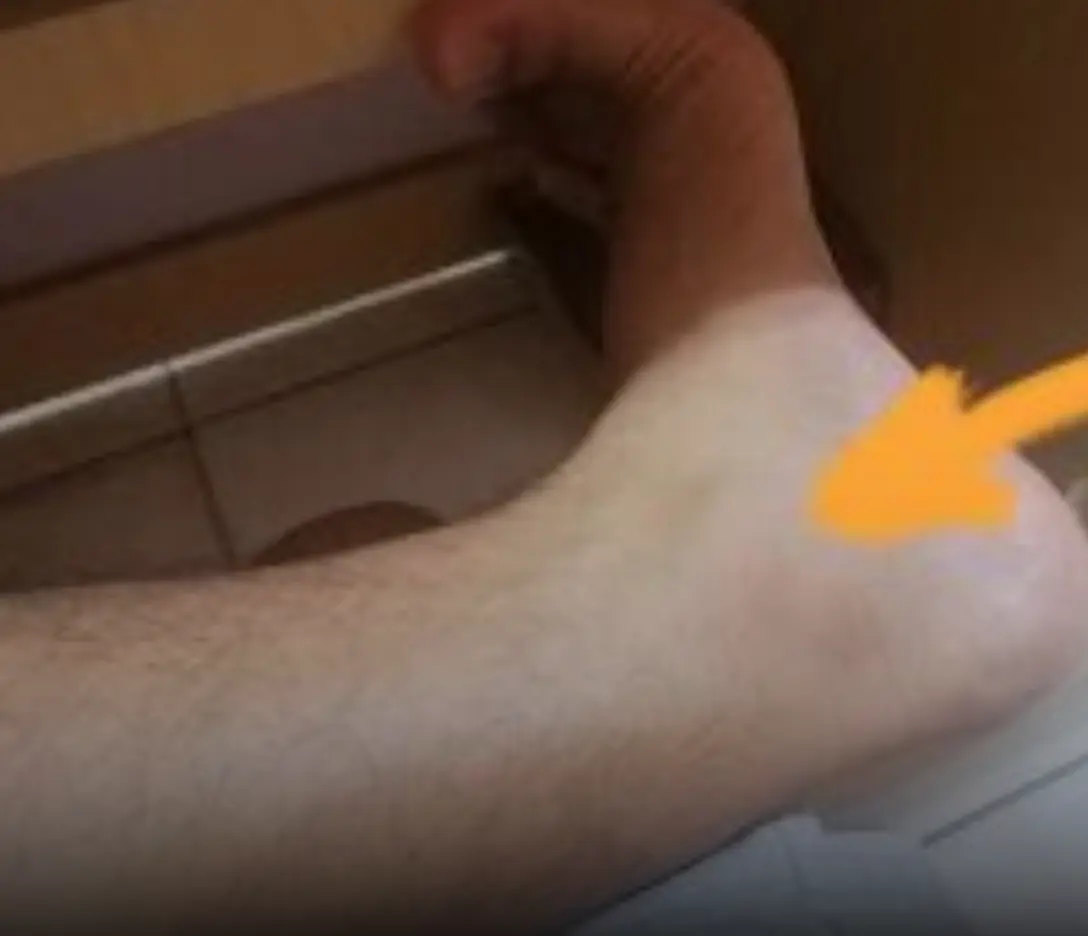
How your feet can reveal early signs of dia.betes

Great effects of drinking coconut water on an empty stomach for 7 days, the results will surprise you

Orange juice is nutritious but there are 5 groups of people who should not drink it

A Man Di.ed of Colon Can.cer Despite Going to Bed Early, Waking Up Early, and Walking Daily
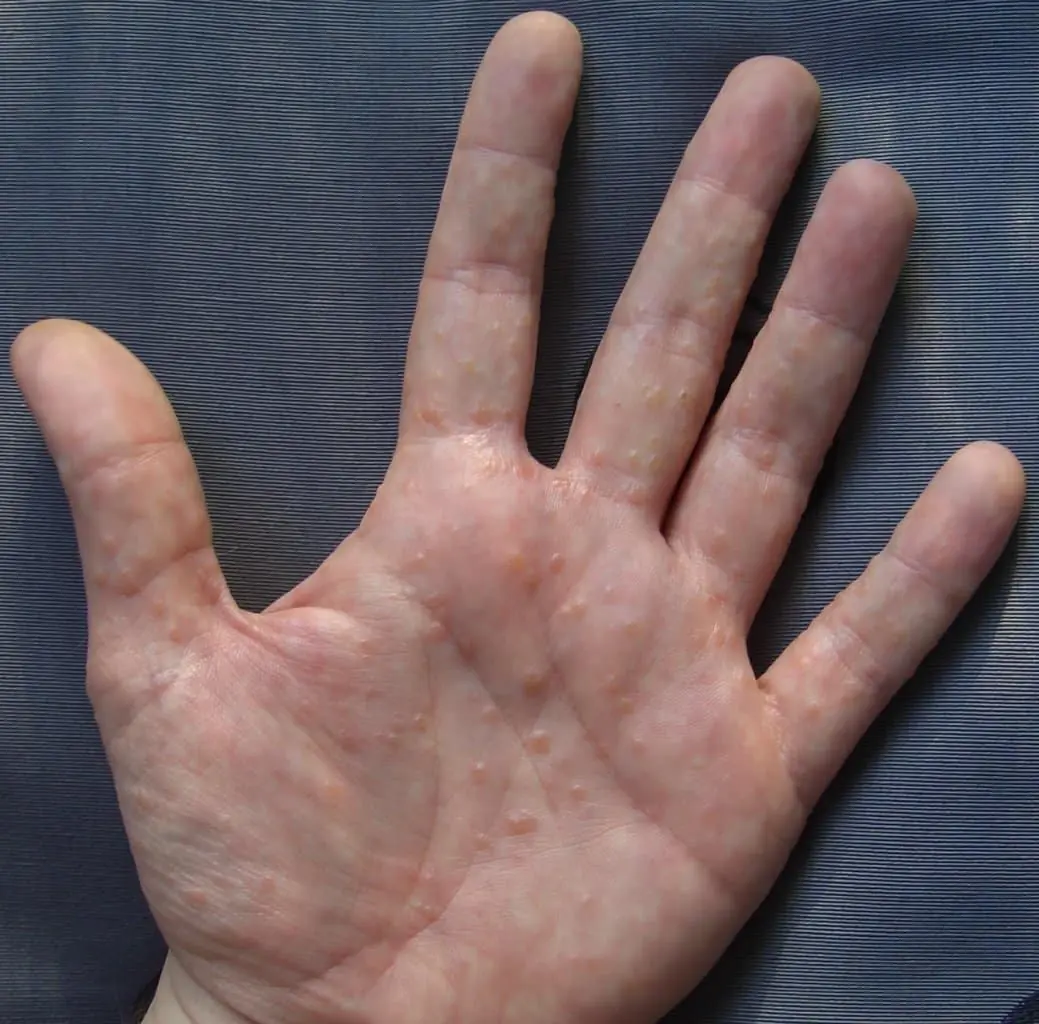
Painful Red Bumps on Skin? It Might Be Dyshidrotic Eczema

Young Woman Dies at 27 from Late-Stage Thyroid Cancer
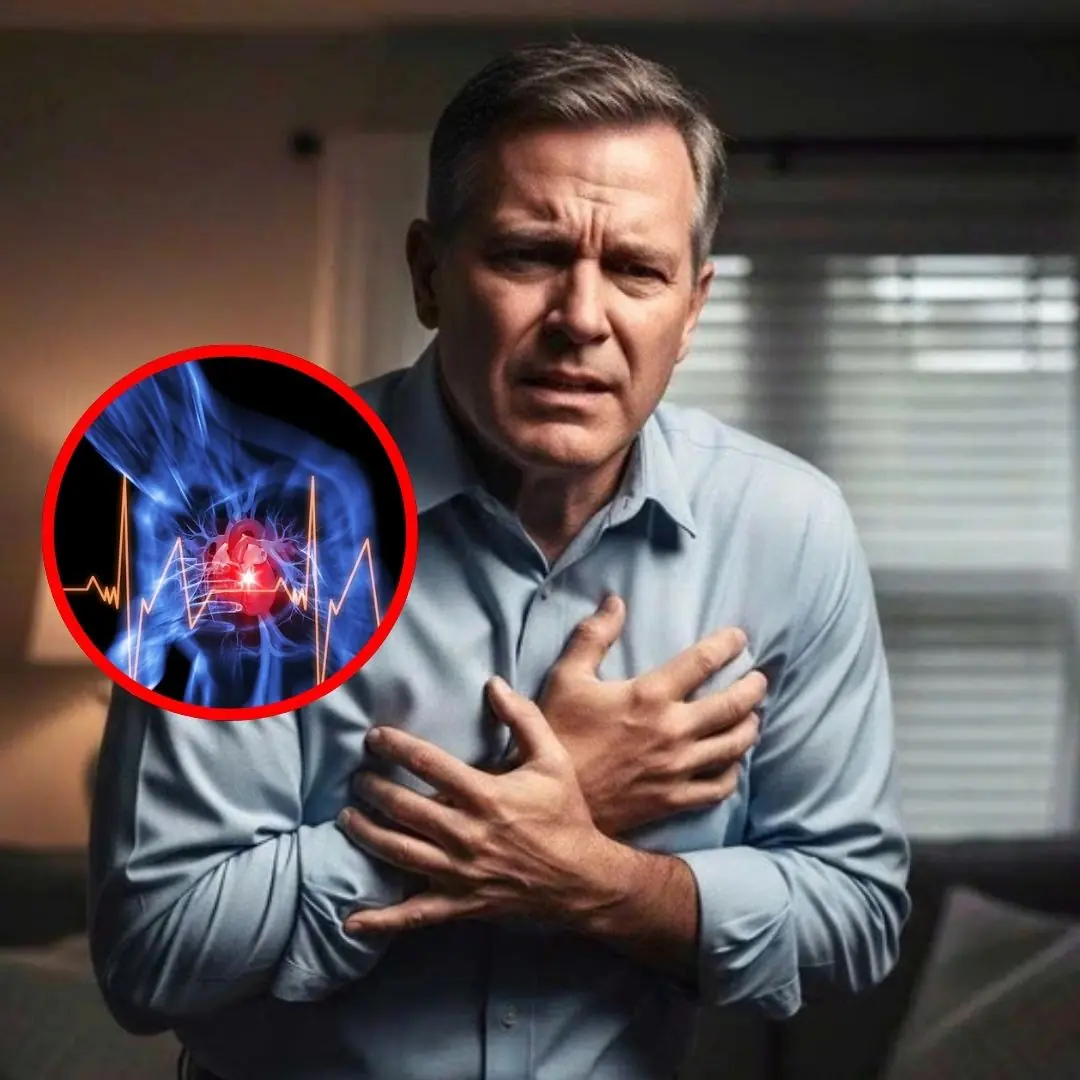
Are You at Risk? Doctor Reveals Who’s Twice as Likely to Have a Heart Attack While Sleeping
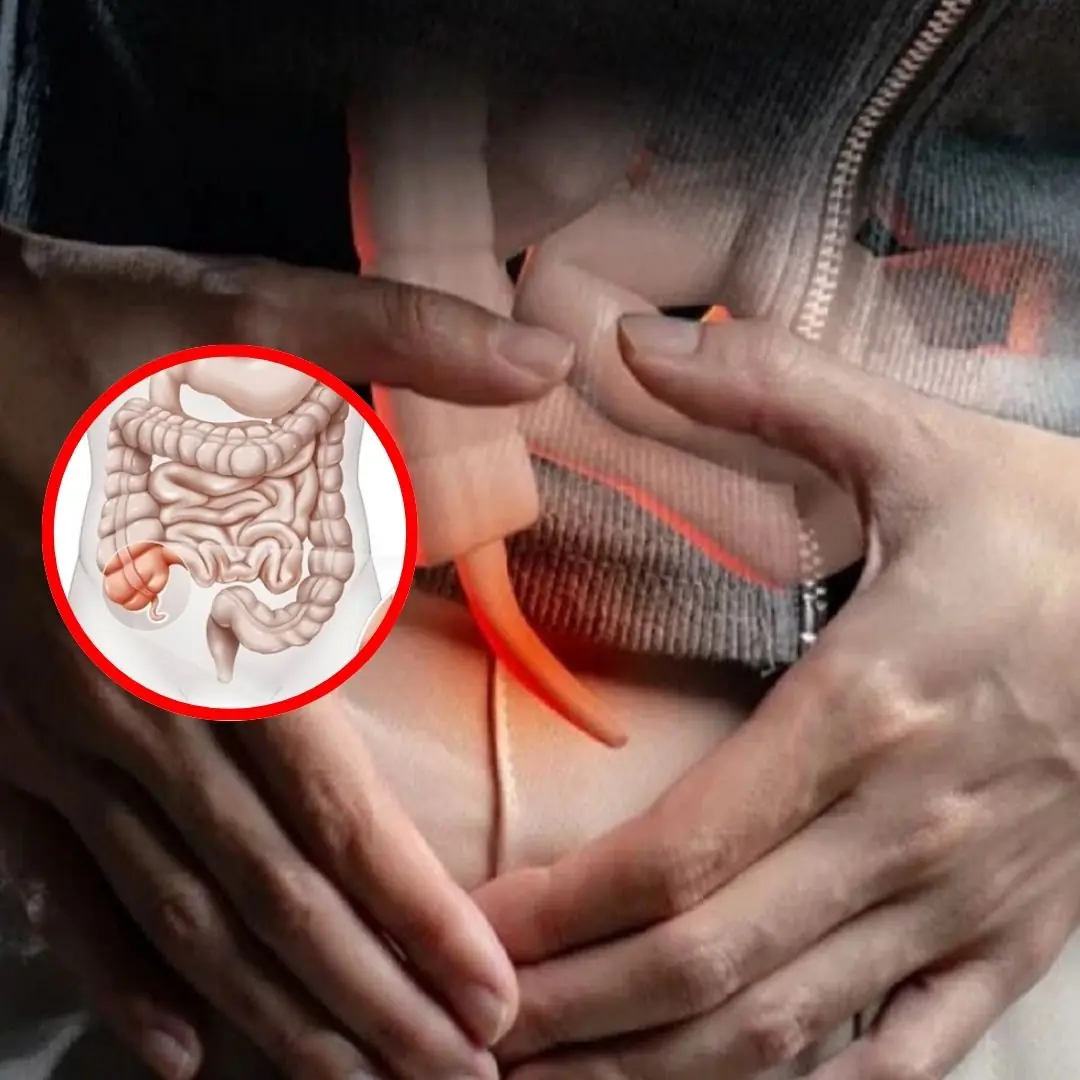
4 warning signs from the appendix, do not ignore!

You Should Never Ignore These 9 Things Your Fingernails Reveal About Your Health

People with Kid.ney Problems Often Experience 3 Strange Symptoms During Sleep

Surprisingly, These 6 Fruits Act Like “Med.icine”
News Post

If You Love Napping During the Day, This Is for You!

Tips to Keep Rice Fresh and Free from Weevils

4 air conditioner installation locations do more harm than good

Soong Mei-ling Lived Past 100 Despite Can.cer: Her Two Favorite Drinks Are Still Popular Today

5 foods you should never keep overnight

5 types of vegetables that help detoxify and lower liver enzymes

Most of you can't find the frog hiding in the picture, what about you?

My Husband Demanded I Dance for Him Like His Brother's Wife – the Lesson He Got Left Him Pale

4 everyday fruits doctors warn could fuel can.cer growth

I Got a Free First-Class Seat – My Entitled Brother Thought He Deserved It Just for Existing & My Family Took His Side

5 early warning signs of cervical can.cer

Secret to longevity: 3 eating habits that helped an old woman live to 118 years old

How your feet can reveal early signs of dia.betes
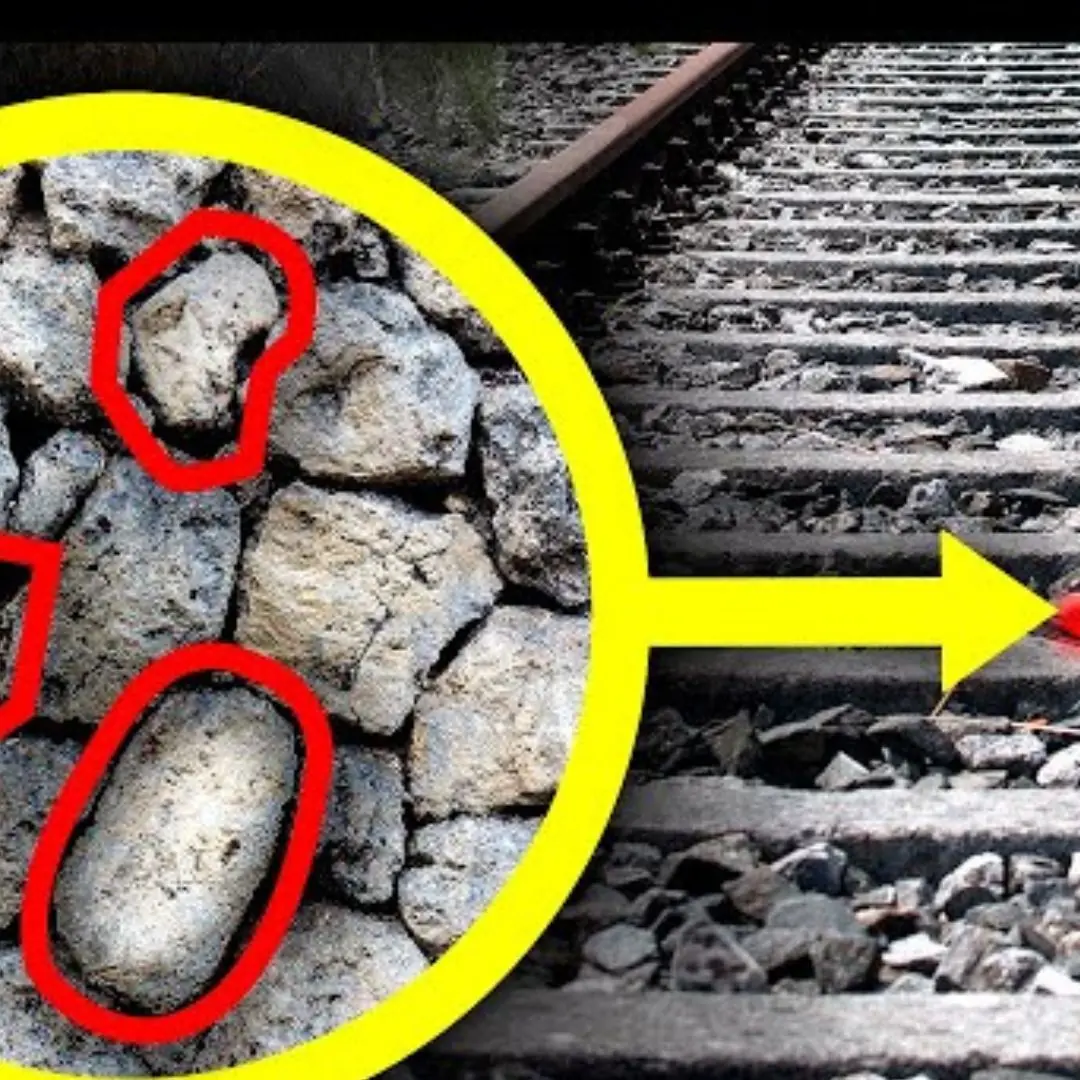
Why are rocks spread along railway tracks?

Great effects of drinking coconut water on an empty stomach for 7 days, the results will surprise you

Put a plastic bottle in the toilet tank: A simple thing with great benefits, it's a waste if you don't know

Orange juice is nutritious but there are 5 groups of people who should not drink it

The Best Part of Pork
